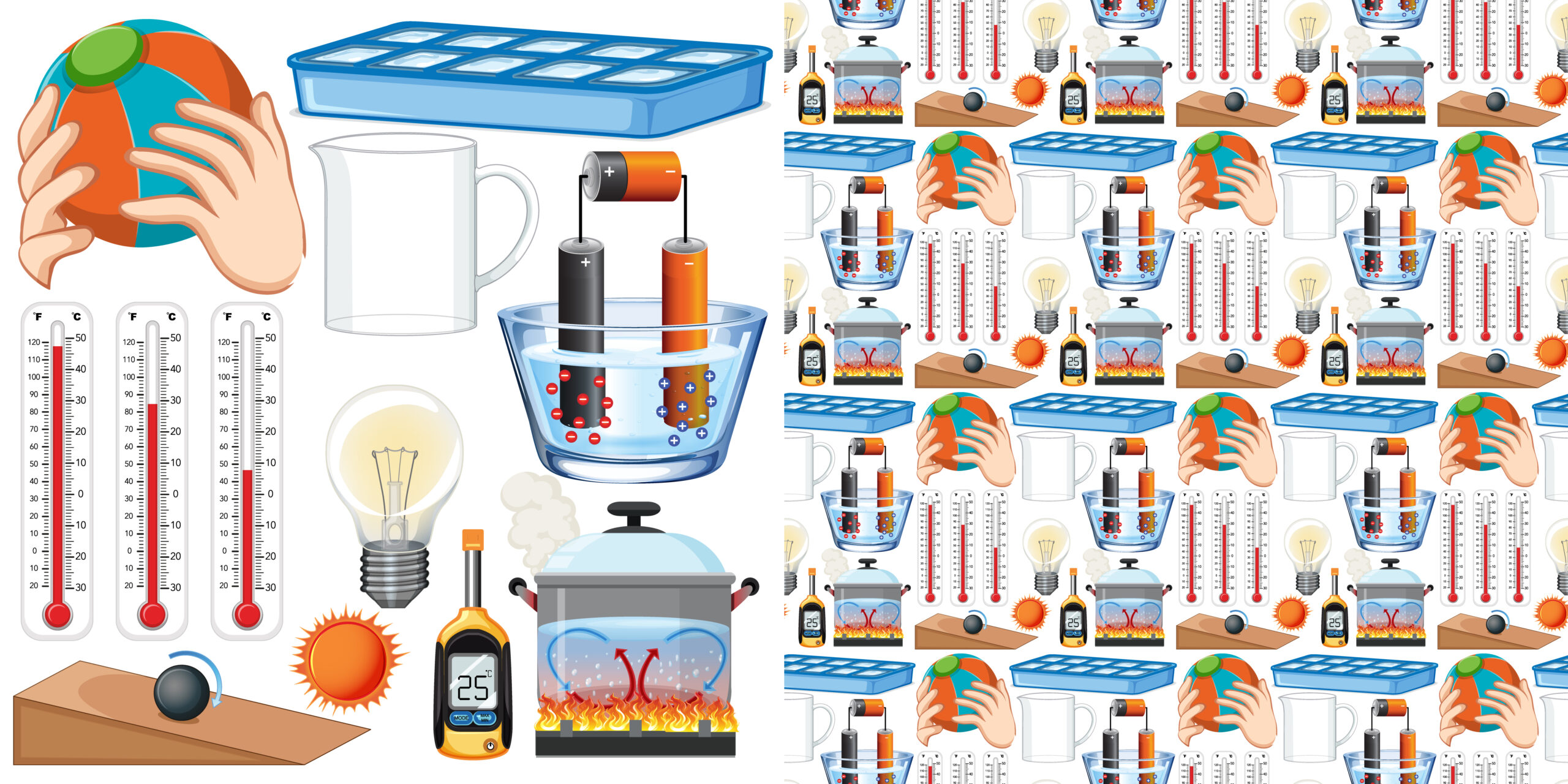Whether you are studying science, cooking, or travelling, temperature conversions are quite important in daily life. From Celsius to Fahrenheit is among the most frequent conversions. Particularly in international situations where both systems are employed, knowing how to change between these two temperature scales is a useful ability.
Simple, precise techniques for converting Celsius to Fahrenheit are discussed here with examples and real-world uses.
How Celsius and Fahrenheit differ?
Two commonly used worldwide temperature measurement scales are Fahrenheit and Celsius. While the United States mainly uses Fahrenheit, most countries employ Celsius.
Knowing how to convert Celsius to Fahrenheit helps bridge the gap between these systems, particularly for tourists, students, researchers, and anyone following international recipes or weather updates.
Formula from Celsius to Fahrenheit
The usual formula to transform Celsius to Fahrenheit is:
(°C times 1.8) plus 32 equal °F
This means you multiply the temperature in degrees Celsius by 1.8 (or 9/5) then sum 32 to arrive at your result. This formula yields the comparable temperature in degrees Fahrenheit.
It is straightforward, dependable, and suitable for any Celsius temperature.
You wish to convert 25 degrees Celsius to Fahrenheit. Follow these guidelines:
- Multiply 25 by 1.8:
- 25 multiplied by 1.8 equals 45.
Add 32:
Then 25°C is 77°F. This step-by-step method can be used for any Celsius temperature you come across.
Typical Celsius to Fahrenheit Conversions
Keep in mind some generally used conversions:
- The freezing point of water is 0 degrees Celsius equals 32 degrees Fahrenheit.
- Room temperature is 68 degrees Fahrenheit (20 degrees Celsius).
- The human body temperature is 37 degrees Celsius equal to 98.6 degrees Fahrenheit.
- 100°C = 212°F Boiling point of water
Having these standards lets you rapidly check or estimate your Celsius to Fahrenheit computations.
Why the Formula Works
The formula takes into consideration the different zero points and gradations of the two scales. In Fahrenheit, water freezes at 32 degrees Fahrenheit and boils at 212 degrees Fahrenheit, although it freezes at 0°C and boils at 100°C. The factor is 1.8 because of the 180°F gap over 100°C.
The starting point is shifted from Celsius to align with the Fahrenheit scale by 32.
Easy Conversion Instruments
Although manual conversion is excellent, several digital solutions make the Celsius to Fahrenheit procedure easier:
- Online converters and mobile apps
- Alexa, Siri, or Google Assistant’s voice assistants.
- Smartphone or operating system integrated calculator functions
Knowing the formula helps you even when you’re working with physical items like thermometers or offline.
When to convert Celsius to Fahrenheit
Changing Celsius to Fahrenheit is particularly helpful in these situations:
- Traveling to or from nations with varied temperature systems
- Making foreign cuisine using Celsius oven settings
- Reading international weather predictions or climate summaries
- Learning science, where experiments may refer either scale
Learning how to convert helps you to better grasp actual temperatures in various situations.
Advice for Accuracy
Always use a calculator for exact multiplication and addition.
When accuracy is vital, such as in medical or scientific applications, double-check double-check conversions.
To be more certain, practice converting both tiny and huge values.
The more you use the formula, the faster and more precise you will become at mentally converting Celsius to Fahrenheit.
In conclusion: Fahrenheit to Celsius Made Easy
Once you grasp the fundamental formula—multiply by 1.8 and add 32—converting Celsius to Fahrenheit is simple. This fast technique lets you confidently convert temperatures across systems whether you are looking at the weather, following a recipe, or conducting a science experiment.
You will find the conversion quick and simple with little practice, therefore making it a useful daily ability.







